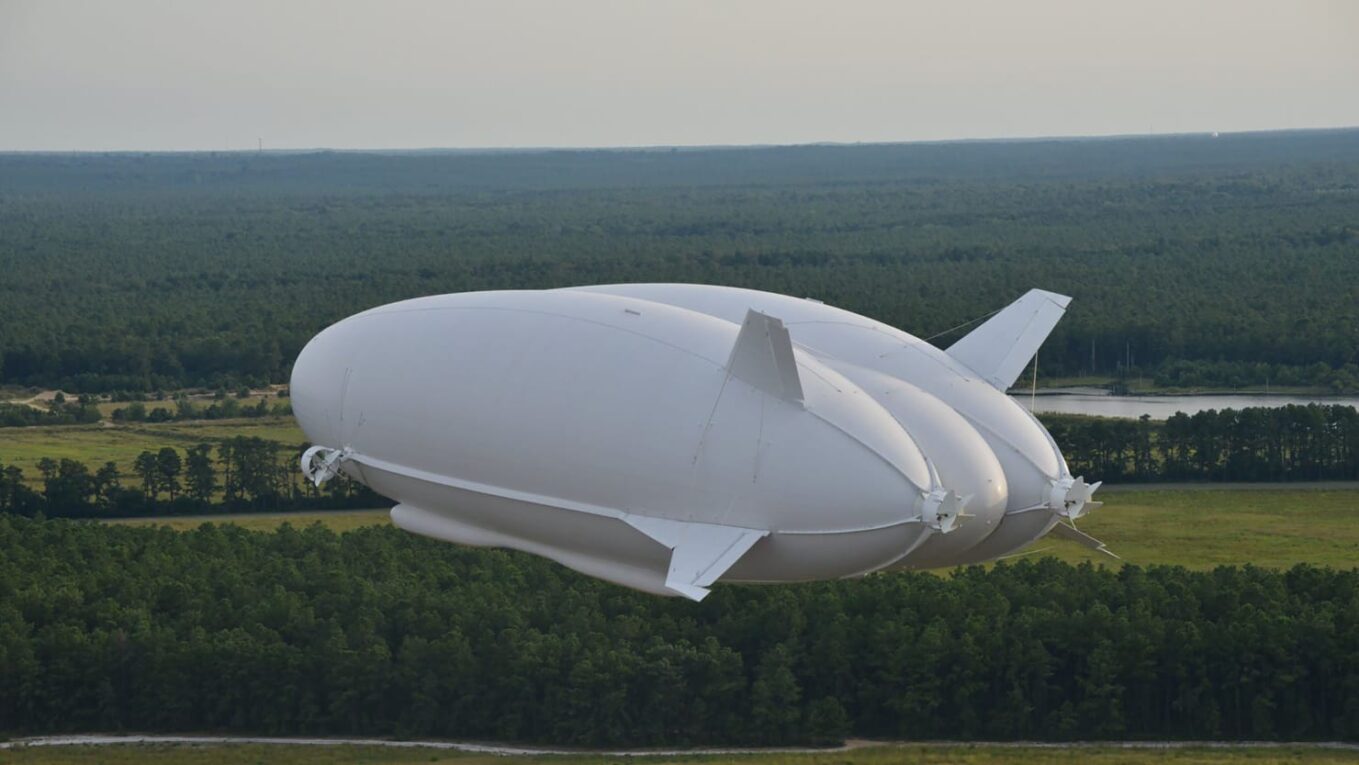In a modern twist on traditional air travel, the Airlander 10 airship from UK-based company Hybrid Air Vehicles (HAV) is poised to offer passengers a greener and more leisurely flying experience. Measuring an impressive 300 feet in length, this innovative aircraft relies on a helium-filled hull for lift, with engine propellers powered by conventional fuel for navigation.
According to HAV’s CEO, Tom Grundy, the Airlander boasts a unique cabin design that prioritizes comfort and scenic views. Featuring expansive floor-to-ceiling windows and an unpressurized environment, passengers can enjoy a quiet and spacious journey through the skies. The airship’s leisurely pace allows for a closer connection with the outside world, offering a tranquil flying experience unlike any other.
While airships may face challenges in terms of speed compared to other modes of transportation, experts believe there is a niche market for these eco-friendly aircraft. Professor Andreas Schaefer from University College London acknowledges the limitations of airships for long-distance travel due to their slow speed but sees potential for specialized applications.
With a focus on sustainability and efficiency, HAV and other companies are looking to revive interest in airship technology. Flying Whales, a French company, is exploring the use of rigid airships for heavy cargo transport, highlighting the versatility of these aircraft. Despite previous setbacks, including the infamous Hindenburg disaster in 1937, the potential for airships to provide low-cost, eco-friendly alternatives to traditional aviation has sparked renewed interest in the industry.
While the concept of airship travel has been discussed for decades, challenges remain in terms of regulations and technical requirements. Aviation consultant Philip Butterworth-Hayes emphasizes the need to address complex issues before widespread adoption of airship technology can become a reality.
The Airlander 10 stands out for its versatility, capable of taking off and landing on both land and water. With a range of over 7,000 kilometers and a cruising speed of 140 kilometers per hour, this eco-friendly airship offers a promising alternative to conventional aircraft. Although commercial flights are not expected until 2028, HAV has already secured 23 pre-orders, totaling over £1.0 billion, including significant interest from Spanish airline Air Nostrum.
As the aviation industry explores new sustainable solutions, the resurgence of airship technology represents a promising step towards a greener future in air travel.
*Note:
1. Source: Coherent Market Insights, Public sources, Desk research
2. We have leveraged AI tools to mine information and compile it

